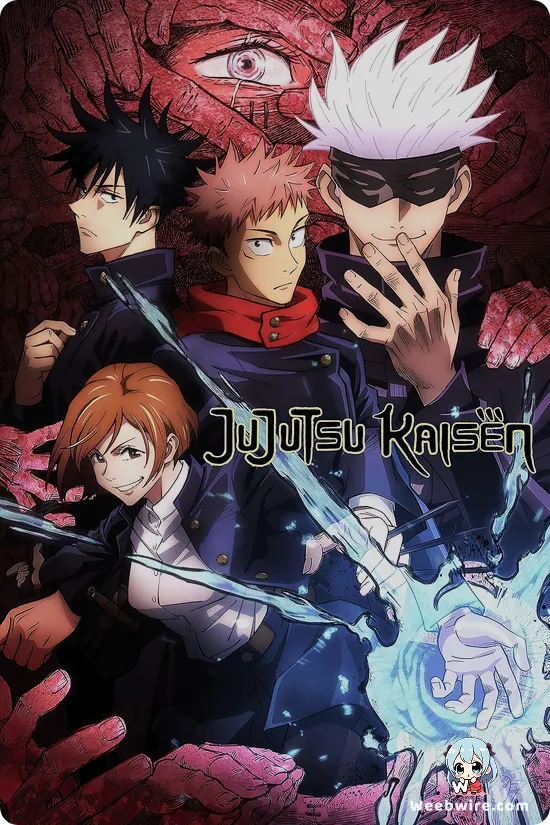From Civil Servant to Horror King: The Unconventional Grassroots Beginning of 'When They Cry' (Higurashi)

The iconic horror franchise When They Cry (Higurashi no Naku Koro ni), widely recognized today through Studio DEEN’s chilling 2006 anime adaptation, harbors an unconventional origin story far removed from typical industry launches. This psychological masterpiece did not spring from a major publishing house or an established studio system; rather, it was the brainchild of a Japanese civil servant pursuing a highly ambitious passion project in his spare time.
The series creator, known as Ryukishi07, was fully employed by the Japanese government, expertly managing his professional responsibilities while developing a complex, terrifying narrative. His creative outlet manifested under the independent doujin circle, 07th Expansion. This unconventional, non-commercial genesis fundamentally defined the structure of the original work: a 'sound novel.' Making its debut at Comiket, Japan’s famous independent creator convention, instead of through traditional media channels, this grassroots beginning remains one of the most surprising facts about a franchise that became a definitive 21st-century horror touchstone.
The designation 'sound novel' was a creative workaround born from necessity. Lacking the massive budgets required for the intricate animations and detailed character sprites common in high-end visual novels, the earliest iterations of Higurashi featured intentionally sparse, sometimes rudimentary, character artwork. Ryukishi07 brilliantly transformed this limitation into a strength by intensely prioritizing the auditory experience. The persistent, oppressive sound of the evening cicadas (higurashi) combined with the haunting, atmospheric musical scores by Dai became the primary mechanism for generating palpable dread and psychological tension. This acute reliance on sound elevated the horror beyond simple visuals, forcing players to confront suggestions and atmosphere, which proved critical to its initial viral success.

Furthermore, the unique narrative architecture, structured around alternating 'Question Arcs' and 'Answer Arcs,' was ingeniously suited to its iterative release model. As the original sound novels were released chapter by chapter over several years at various Comiket events, the Question Arcs presented seemingly unsolvable mysteries. This strategy intentionally cultivated an online community of amateur detectives. Fans engaged in fierce debates, theorizing about the true nature of the Hinamazawa curse, the identity of the perpetrators, and the time loops. This collective engagement was instrumental in amplifying the series' momentum long before any major studio considered an official adaptation.
The world of Higurashi is also deeply rooted in reality. The fictional village of Hinamazawa is a meticulous recreation of Shirakawa-go in Gifu Prefecture, Japan. This UNESCO World Heritage site is renowned for its distinctive gassho-zukuri farmhouses, traditional structures with steep, thatched roofs resembling hands clasped in prayer. Ryukishi07 perfectly captured the isolation and tight-knit, often foreboding, atmosphere of this location. Today, fans often undertake 'seichi junrei' (pilgrimage) to Shirakawa-go, recognizing landmarks featured prominently in the series. This marriage of authentic Japanese folklore, tangible geography, and brutal supernatural horror provides a jarring realism, making the characters' descent into madness all the more visceral.
When Studio DEEN adapted the series in 2006, they made a critical, though initially controversial, artistic choice regarding character design. They embraced a distinct 'moe' aesthetic, softening the characters’ features and making them visually appealing, a sharp departure from the original, rougher visual novel sprites. This decision created a powerful cognitive dissonance: the juxtaposition of cute, innocent appearances with extreme violence and psychological breakdown. This 'Moe vs. Gore' dynamic became the hallmark of the anime, differentiating it within the horror genre and proving that exceptional, impactful horror could originate from independent talent, overcoming financial constraints purely through narrative ingenuity.
Credits
When They Cry (Higurashi no Naku Koro ni)
Author
Ryukishi07
Cover Art
Ryukishi07 (07th Expansion)
Studio
Studio DEEN
Publisher
07th Expansion
Producers





